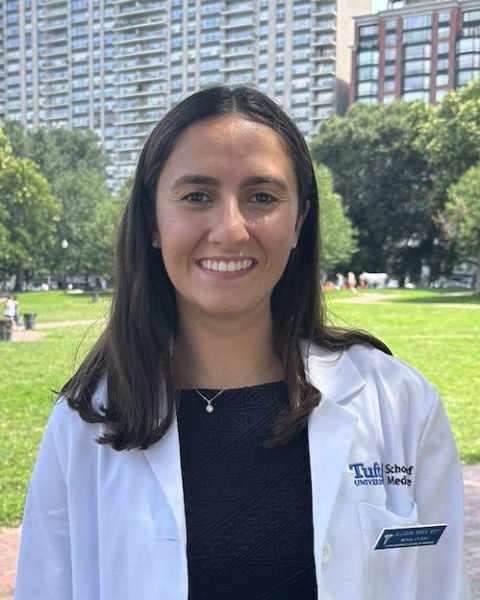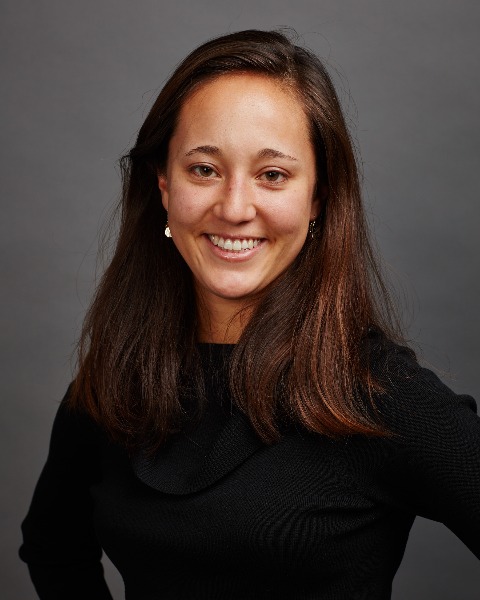SIR 2025
Practice Development
Scientific Session
Mapping the Future of IR in the Americas: Education, Practice and Access Challenges and Opportunities for Growth
- TE
Tarig Elhakim, MD
Medicine Instructor & Research Associate
Penn (Medicine Instructor) & MGH (Research Associate), United States 
Justin J. Guan, MD
Associate Staff Physician
Cleveland Clinic, United States
Allison Brea
Medical Student
Tufts University School of Medicine, United States
Monica M. Matsumoto, MD (she/her/hers)
Resident
University of Pennsylvania, United States- FL
Fabian Laage Gaupp, MD
Professor, Vascular and Interventional Radiologist
Yale University School of Medicine, United States 
Shams Iqbal, MD
Interventional Radiology
Massachusetts General Hospital, United States.jpg)
Constantinos T. Sofocleous, MD PhD
Professor IR
Weill Cornell Medical College Memorial Sloan-Kettering Cancer Center, United States
Presenting Author(s)
Author/Co-author(s)
To evaluate the status of IR education and practice patterns in the Americas and discuss potential challenges and interventions to enhance IR access, utilizing data from 2024 Global IR Survey.
Materials and Methods: Following SIR approval, the anonymous survey was distributed to various societies globally. It remained open from 6/2022 to 9/2023. A subanalysis of respondents from the Americas was performed for further evaluation. Utilizing logistic regression analysis, the subregions were compared to USA as a reference to evaluate the magnitude of regional disparities and benefit value.
Results:
Among 233 respondents, 149 (63.9%) were from USA, 36 (15.5%) South America (SA), 21 (9%) Mexico, 10 (4.3%) Central America (CA), 8 (3.4%) Caribbean and 8 (3.4%) from Canada. 157 (90.8%) were IRs, 8 (4.6%) IR/DRs and 4 (2.3%) DRs. Compared to USA, there is lack of radiology training in CA (OR=0.08,p=0.002) and SA (OR=0.06,p< 0.001) and lack of IR training in Caribbean (OR=0.01,p< 0.001), SA (OR=0.23,p=0.04) and Canada (OR=0.09,p=0.02). IR exposure during DR training is deficient in Mexico (OR=0.12,p=0.001), SA (0.07,p< 0.001) and Canada (OR=0.15,p=0.03). IR teaching was less common in Mexico (OR=0.15, p=0.003) and SA (OR=0.40,p=0.03). Public awareness is the greatest practice need in USA, Canada, Caribbean and SA (mean= 2.7-2.82, out of 3) while in Mexico and CA, IR training (2.8-3.00) is a priority followed by public awareness (2.7-2.8). Interventions deemed most helpful to address local practice needs include: (1) professional development resources for Mexico (OR=8.12, p< 0.001), Caribbean (OR=5.17, p=0.03) and SA (OR=2.92, p=0.009), (2) best practice sharing for Canada (OR=5.47, p=0.03), (3) education for SA (OR=4.39, p< 0.001) and Mexico (OR=3.49,p=0.01), and (4) data/statistics of the field for SA (OR=2.26, p=0.03). Resources most beneficial for professional development of IR includes: (1) establishing more IR training programs in Mexico (OR=8.49, p< 0.001), CA (OR=5.43,p=0.02) and SA (OR=4.32,p=0.001), (2) multidisciplinary conferences for Mexico (OR=6.79, p=0.001) and SA (OR=3.65, p=0.001), (3) International advocacy for Mexico (OR=4.48,p=0.004) and Caribbean (OR=4.48, p=0.04), (4) Local IR conferences for Mexico (OR=4.19, p=0.005) and SA (OR=3.00, p=0.005), and (5) online education access for SA (OR=2.49, p=0.02).
Conclusion: Enhancing public awareness and expanding education, conferences and professional development resources, are top priorities across much of Americas. This findings provide a roadmap for advancing IR and help societies develop targeted interventions.


.jpg)